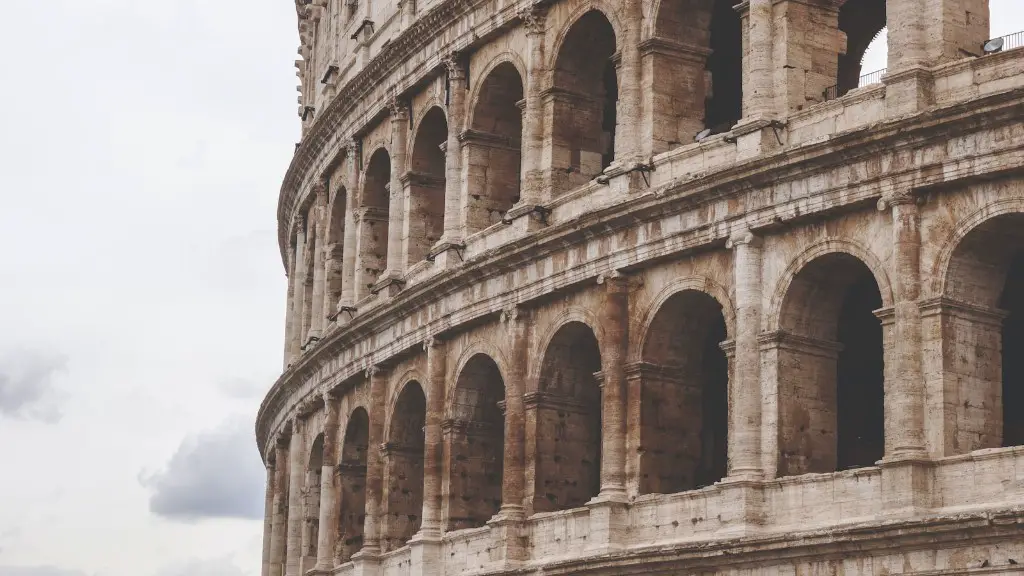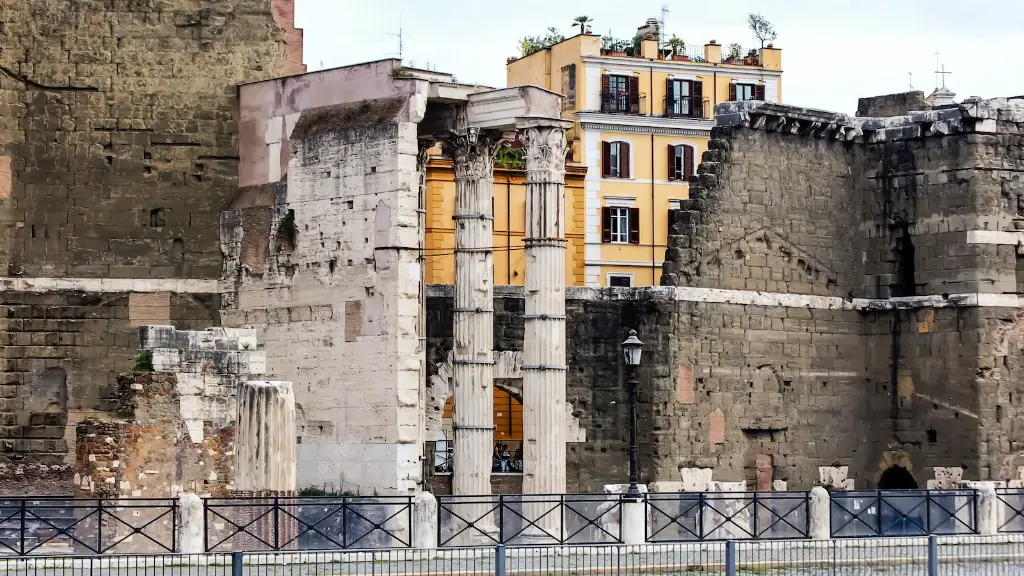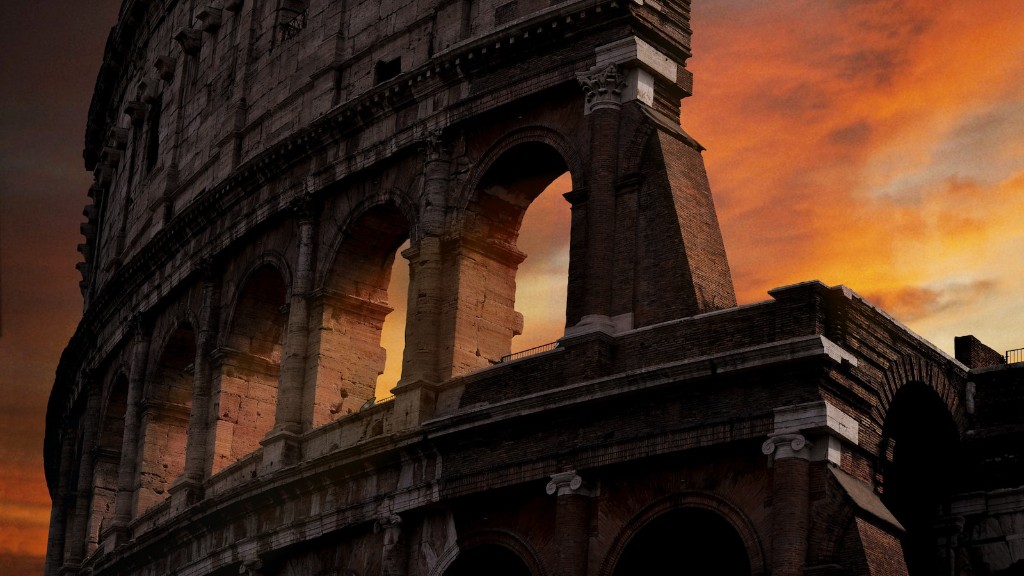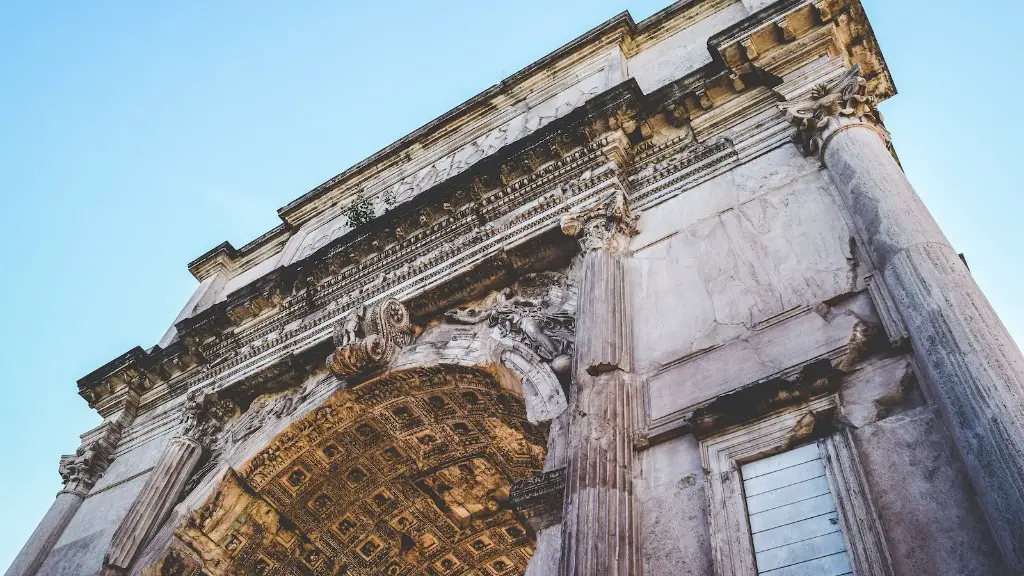The ancient Romans were a people who lived in the central Italian peninsula from the 8th century BC to the 5th century AD. They had a complex society, with a large number of political, military, and economic institutions. The ancient Romans are perhaps best known for their art, literature, and monuments.
The Ancient Romans were a complex and interesting people. They were a very advanced and powerful civilization that left a lasting legacy on the world.
Who were the ancient Romans and where did they come from?
The Latins were one of the earliest Roman settlers who probably migrated from Central Asia. They were farmers and shepherds who wandered into Italy around 1000 BCE. They settled on either side of the Tiber River in a region they called Latium.
The Latins were one of the original tribes that inhabited the Italian peninsula. They were known for their marked Mediterranean character and were related to other Italic peoples such as the Falisci. The early Romans were composed mainly of Latin-speaking Italic people, known as the Latins. The Latins had a strong influence on Roman culture and many of their customs and traditions were adopted by the Romans.
What nationality were the Romans
The Roman people have always been a people of multiple origins. The early Romans were Latins, but they also shared an ethnic, linguistic, and cultural identity with the people of other nearby Latin cities. There was never a time in Roman history when Roman identity did not embrace people of multiple different origins.
According to tradition, on April 21, 753 BC, Romulus and his twin brother, Remus, found Rome on the site where they were suckled by a she-wolf as orphaned infants. The brothers argued over who should rule the city, and Romulus killed Remus. He then became the first ruler of Rome.
What religion were the Romans?
The Roman Empire was a primarily polytheistic civilization, which meant that people recognized and worshiped multiple gods and goddesses. Despite the presence of monotheistic religions within the empire, such as Judaism and early Christianity, Romans honored multiple deities. The most popular gods and goddesses were Jupiter, Juno, and Minerva (amongst others), and temples were built in their honor. Roman polytheism was not exclusive to the elite; even the lower classes worshiped the gods and goddesses.
Invasions by Barbarian tribes were one of the main reasons for the fall of the Western Roman Empire. For centuries, Rome had been losing ground to the Germanic tribes, and by the 300s, these “barbarian” groups had reached beyond the Empire’s borders. The Goths, in particular, were a major force in the fall of Rome, as they sacked the city of Rome itself in 410 AD.
Are Romans Viking?
It is fascinating to think about how different the world was during the Roman era compared to the Viking age. It is estimated that the Roman era was around 1,500 years before the Viking age. During the Roman era, there was much more land that was unified under one empire. The Viking age, on the other hand, was a time of many small kingdoms and villages. One can only imagine the different everyday life must have been like for people living in these two very different time periods.
According to a new DNA study, the inhabitants of ancient Rome genetically resembled the populations of the Eastern Mediterranean and Middle East at the height of its empire. The study found that the genes of the Roman population were a mix of Italian, Greek, Middle Eastern, and North African descent. This mix of genes is thought to have resulted from the Roman Empire’s expansive trade and military routes, which allowed for the exchange of people and goods between the empire and its neighbors.
Are ancient Romans Caucasian
As a result of the lack of evidence, it is assumed that most prominent Romans were of the white race. This is due to the fact that skin pigmentation was not important to ancient sources. Today, it is difficult to assign ancient people to modern racial categories.
The Latins settled in Rome around 600BCE and became a powerful Republic in 509BCE. Around this time, the Latins who lived in Rome became known as Romans. As you can see, the identity as an Italian (from Italy) did not happen for another 2,614 years!
Are Romans Italian or Romanian?
The name linking it to the group of people who came from the Mediterranean is a good way to remember the culture and people who came from there. It also helps to keep the history and culture alive.
See the attached document for a more detailed write-up on this topic.
Who ran Rome when Jesus was crucified
Pontius Pilate was the fifth prefect of the Roman province of Judaea, serving under Emperor Tiberius from AD 26–36. He is best known today for the trial and crucifixion of Jesus.
Julius Nepos was the last de jure Western Roman Emperor, ruling from 474 to 480. He was ousted by Odoacer, who became the first de facto barbarian ruler of Italy. Nepos fled to Dalmatia, where he was assassinated in 480.
Who was the first Roman on earth?
Augustus was the first emperor of Rome and is considered one of the most important leaders in human history. He founded the Roman Principate, which was the first phase of the Roman Empire. Augustus was a very effective ruler and conquered many lands for Rome. He also made many reforms that improved the lives of Roman citizens. Augustus was a great leader and will be remembered for his many accomplishments.
Pontius Pilate was ordered to leave Judaea because of the crucifixion of Jesus. The Christians saw Jesus as a martyr, while the Romans saw him as a troublemaker who got what he deserved. The crucifixion made Judaea even more unstable, which led to Pontius Pilate’s expulsion from the region.
Final Words
The Ancient Romans were a large group of people that lived in the area now known as Rome, Italy. They were around for centuries, and their culture and way of life had a big impact on the world around them.
The Ancient Romans were a people who lived in the area now known as Rome from around 1000 BCE to 500 CE. They were a major force in the Western world for over two centuries, and their legacy is still evident in modern times.




